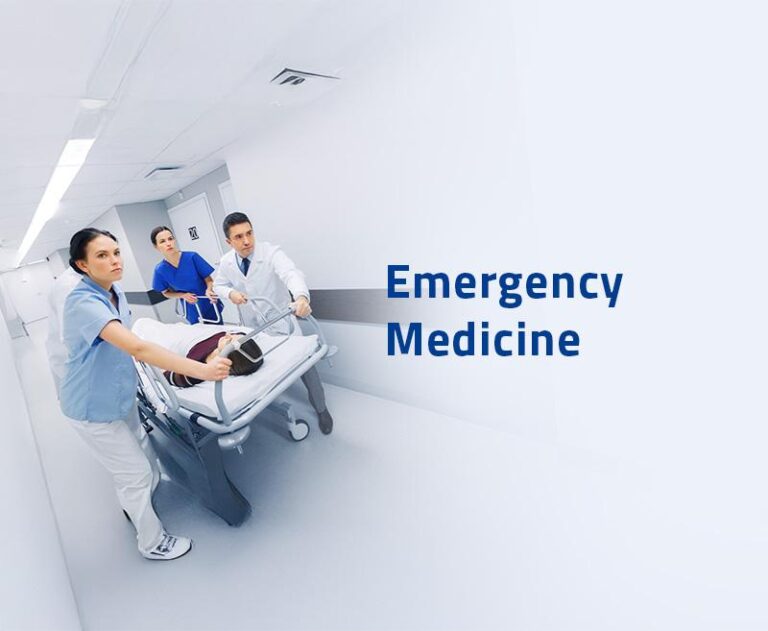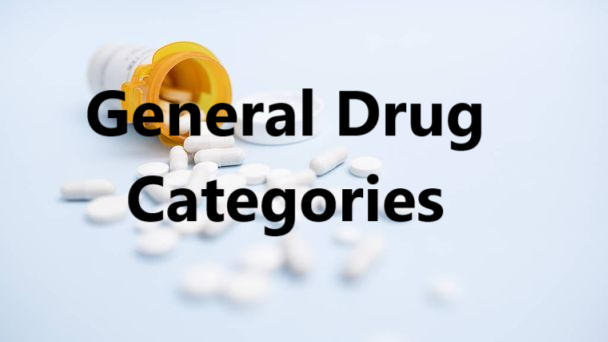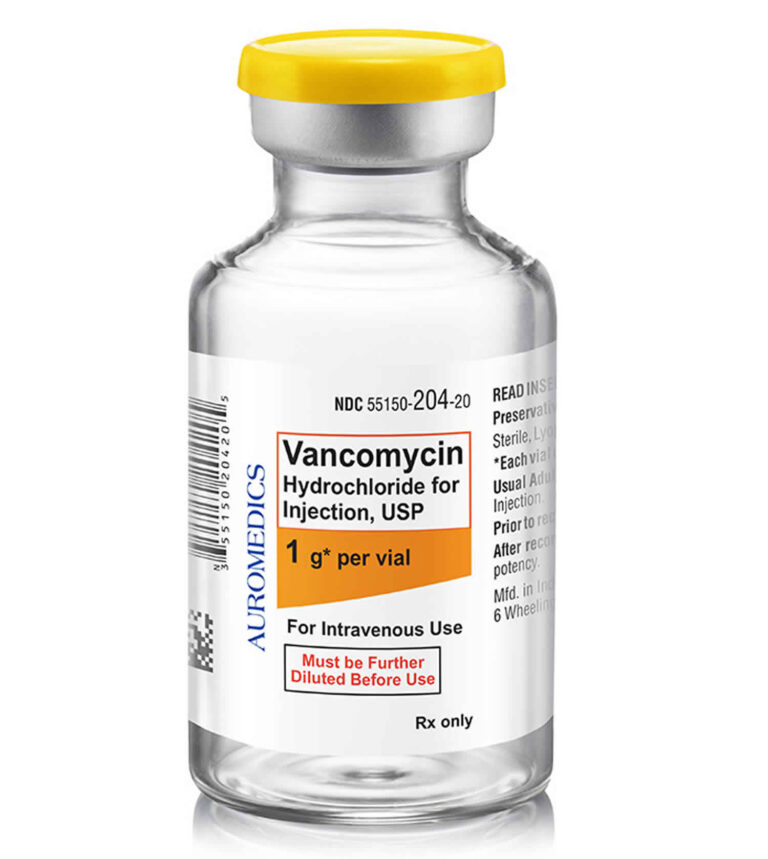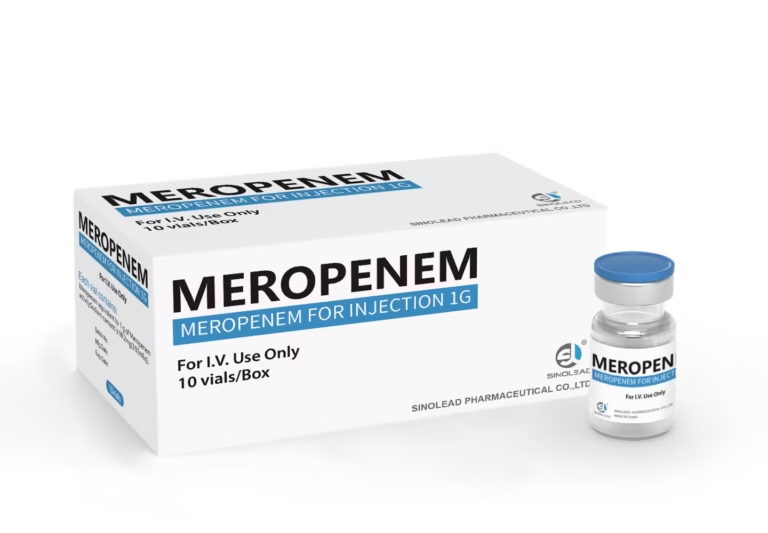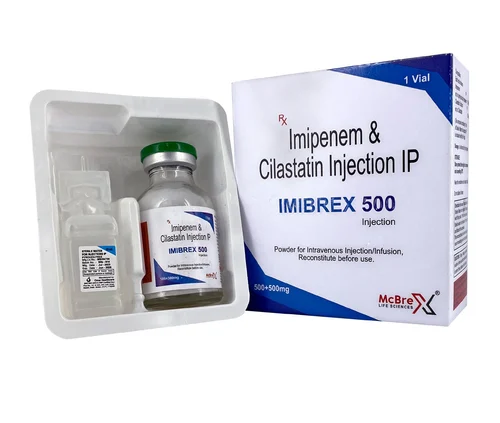
A “drug of choice” is the specific medication that has most effectiveness and is preferred for treating a specific disease or condition based on clinical guidelines, patient response, safety, and effectiveness.
Here is a table of drug of choice for 50 common diseases and conditions:
| Disease/Condition | Drug of Choice |
| 1. Hypertension (Essential) | Lisinopril (ACE inhibitor) |
| 2. Type 2 Diabetes Mellitus | Metformin |
| 3. Acute Streptococcal Pharyngitis | Penicillin or Amoxicillin |
| 4. Tuberculosis | Rifampin, Isoniazid, Pyrazinamide, Ethambutol (RIPE regimen) |
| 5. Asthma (Acute Exacerbation) | Albuterol (Beta-agonist) |
| 6. Chronic Obstructive Pulmonary Disease (COPD) | Tiotropium (Anticholinergic) |
| 7. Acute Myocardial Infarction | Aspirin + Clopidogrel + Heparin |
| 8. Stroke (Ischemic) | Tissue Plasminogen Activator (tPA) |
| 9. Sepsis | Broad-spectrum antibiotics (e.g., Piperacillin-Tazobactam, Ceftriaxone) |
| 10. Pneumonia (Community-acquired) | Amoxicillin or Azithromycin |
| 11. Urinary Tract Infection (UTI) | Nitrofurantoin or Trimethoprim-Sulfamethoxazole |
| 12. Acute Sinusitis | Amoxicillin-Clavulanate |
| 13. Hyperthyroidism (Graves’ Disease) | Methimazole or Propylthiouracil |
| 14. Hypothyroidism | Levothyroxine |
| 15. Rheumatoid Arthritis | Methotrexate |
| 16. Osteoarthritis | Acetaminophen or NSAIDs |
| 17. Gout | Allopurinol or Colchicine |
| 18. Migraine Headache | Sumatriptan (Triptan class) |
| 19. Epilepsy (Generalized Seizures) | Valproate or Lamotrigine |
| 20. Schizophrenia | Olanzapine or Risperidone |
| 21. Depression | Sertraline or Escitalopram |
| 22. Generalized Anxiety Disorder | Sertraline or Paroxetine |
| 23. Bipolar Disorder (Acute Mania) | Lithium or Valproate |
| 24. Insomnia | Zolpidem or Melatonin |
| 25. Psoriasis | Topical corticosteroids or Methotrexate |
| 26. Acne | Benzoyl Peroxide or Topical Retinoids |
| 27. Contact Dermatitis | Topical corticosteroids |
| 28. Atopic Dermatitis (Eczema) | Topical corticosteroids |
| 29. Allergic Rhinitis | Antihistamines (e.g., Cetirizine) |
| 30. Rheumatic Fever | Penicillin |
| 31. Systemic Lupus Erythematosus (SLE) | Hydroxychloroquine |
| 32. Hepatitis B | Tenofovir or Entecavir |
| 33. Hepatitis C | Direct-acting antivirals (e.g., Sofosbuvir) |
| 34. HIV/AIDS | ART regimen (e.g., Tenofovir, Emtricitabine, Efavirenz) |
| 35. Candidiasis (Oral) | Fluconazole |
| 36. Trichomoniasis | Metronidazole |
| 37. Chlamydia Infection | Azithromycin or Doxycycline |
| 38. Gonorrhea | Ceftriaxone + Azithromycin |
| 39. Syphilis | Penicillin |
| 40. Malaria | Artemisinin-based Combination Therapy (ACT) |
| 41. Leprosy | Rifampin + Dapsone + Clofazimine |
| 42. Influenza | Oseltamivir |
| 43. Chickenpox (Varicella) | Acyclovir |
| 44. Dengue Fever | Supportive care (no specific antiviral) |
| 45. Meningitis (Bacterial) | Ceftriaxone or Cefotaxime + Vancomycin |
| 46. Hepatic Encephalopathy | Lactulose and Rifaximin |
| 47. Peptic Ulcer Disease (Helicobacter pylori) | Triple therapy (Clarithromycin + Amoxicillin + PPI) |
| 48. Irritable Bowel Syndrome (IBS) | Antispasmodics (e.g., Hyoscyamine) |
| 49. Constipation | Fiber supplements or Polyethylene glycol |
| 50. Diarrhea (Acute) | Oral Rehydration Solution (ORS) |
These are drugs of choice for different conditions, but individual patient factors (e.g., allergies, comorbidities) may influence the choice of treatment. Thus, always discuss with your health professional for specific drug administration for a specific disease or condition.
References & Sources
- UpToDate. (2024). “Treatment of Hypertension.” Retrieved from: https://www.uptodate.com
- American College of Cardiology (ACC). (2024). “Management of Myocardial Infarction.” Retrieved from: https://www.acc.org
- Centers for Disease Control and Prevention (CDC). (2024). “Treatment Guidelines for HIV.” Retrieved from: https://www.cdc.gov
- National Institute for Health and Care Excellence (NICE). (2023). “Guidelines for Treatment of Asthma and COPD.” Retrieved from: https://www.nice.org.uk
- World Health Organization (WHO). (2024). “Treatment of Tuberculosis.” Retrieved from: https://www.who.int

